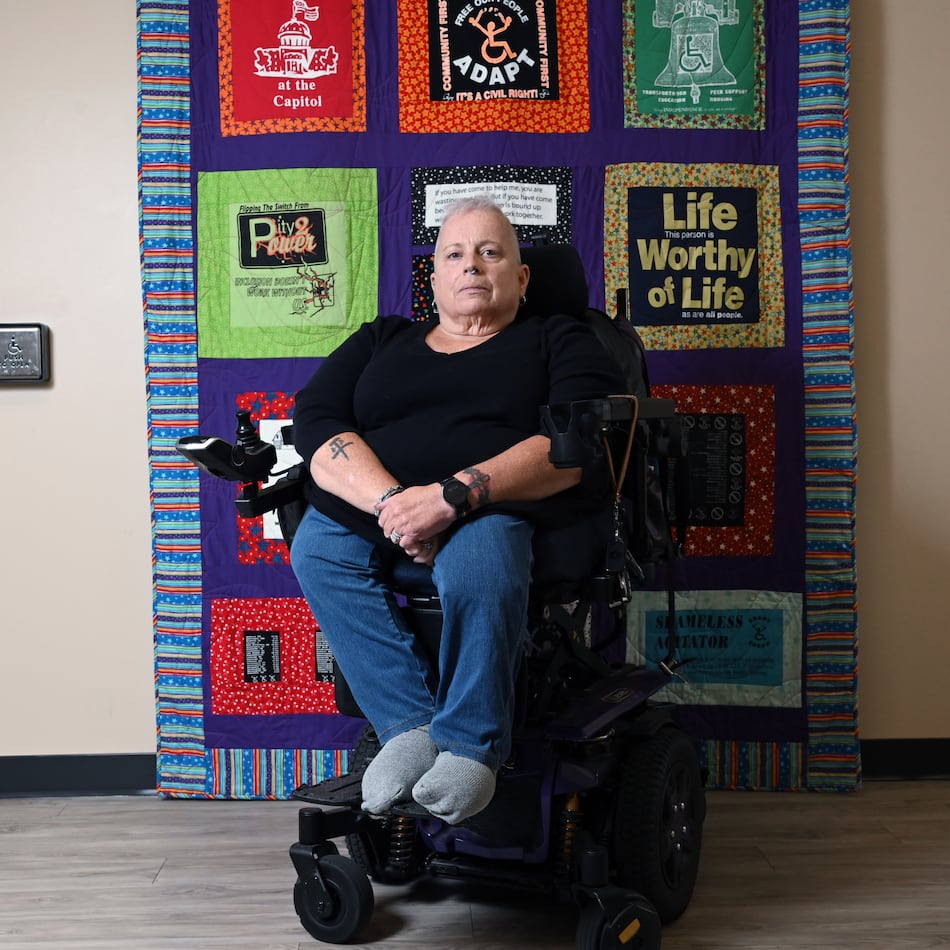Sometimes I am asked: “Does it make sense in this economy to support the arts given all of the other challenges we are facing?” For Atlanta and Georgia as we seek to compete for knowledge-based jobs, development and global investment, the real question is, “Can we afford not to reinvest in the arts?”
Forty years ago, Atlanta’s $8 million investment in the Memorial Arts Building sparked the explosive development of Midtown. Support for various arts over the years has anchored remarkable job growth, now giving Atlanta the highest per-capita number of arts-related jobs of any major city in the country. A Dun & Bradstreet analysis in 2008 revealed that Atlanta has a higher percentage of people working in music, video, design, photography, advertising, art galleries, arts schools, performing arts and the like than New York, Los Angeles, Chicago or San Francisco.
How did this happen? Atlanta invested in the arts in the 1960s as a memorial — not out of necessity. Two generations since have supported the Woodruff Arts Center with their attendance and contributions. Now one of the four largest performing arts centers in the country, the Woodruff has nurtured the growth of nationally recognized music, drama, visual arts and education. It has delivered:
● more Grammy winning recordings than all other Georgia artists combined;
● the only Tony Award-winning theater in the Southeast;
● exhibitions of the world’s most rare, important and exquisite works of art and photographs
● the opportunity to share the wonder and excitement of creativity with more than a million schoolchildren each year.
In short, private support of the arts has catapulted the development of Atlanta as an attractive center of culture and creativity. It has helped to attract businesses and the people we need to compete. Every dollar spent to create the Memorial Arts Building in 1968 has returned more than $1,000 in taxable development over the past 40 years in Midtown alone.
Yet, despite these results, the arts receive very little public sector financial support. In 2008, the Woodruff Arts Center generated $5.4 million in state and local sales tax revenues while receiving only $850,000 from city, county and state sources.
Our recently adopted strategic plan stresses creating a landmark destination and using our combined excellence in all the arts to improve education as a part of our core mission. By locating the concert hall and educational facilities we need on our existing campus, we reduce both new construction and future operating costs while energizing our entire city. We must reinvest in this 40-year-old facility if it is to continue to support the robust cultural economy it fostered.
The arts in Atlanta are about culture, education, jobs and economic development. Our future success requires that we maintain a leadership position as a creative community in which business, education and innovation can thrive. In this effort, our arts and culture community play a critical role. So in times of economic stress — when schools and individuals are forced to cut back — the need to support the arts for the near- and long-term development of our children, our economy and jobs for the future has never been greater.
Joseph R. Bankoff is president and CEO of the Woodruff Arts Center
About the Author
Keep Reading
The Latest
Featured

